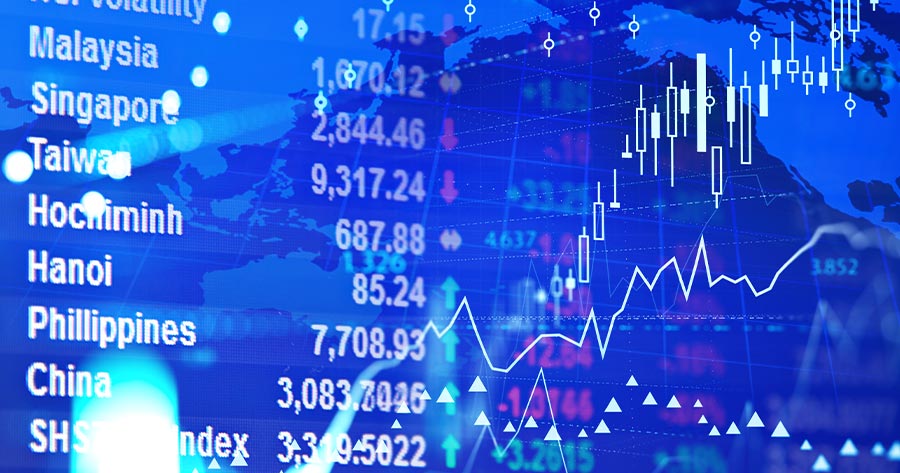On Monday morning (19 May, 9:11 AM, GMT+7, Bangkok time), indices in Asia Pacific exhibited a downward trend across the region as investors anticipated a wave of economic indicators, with China preparing to unveil various figures for April, such as housing prices and industrial output while Thailand is expected to announce its first-quarter GDP results. Moreover, the Reserve Bank of Australia will commence its two-day meeting.
Leading up to this, Moody’s Ratings lowered the U.S. sovereign credit rating on Friday from Aaa to Aa1, pointing to the growing hurdles in financing the federal budget deficit and the rising expenses of debt refinancing in a high-interest-rate climate. This downgrade aligns Moody’s with other prominent rating agencies as S&P initiated this trend in 2011, with Fitch following suit in 2023, downgrading the U.S. rating to AA+.
Japan’s NIKKEI decreased by 0.45% to 37,584.64. South Korea’s KOSPI dropped by 1.13% to 2,597.27, Australia’s ASX 200 slid by 0.22% to 8,325.6.
As for stocks in China, Shanghai’s SSEC dipped by 0.25% to 3,358.96. Hong Kong’s HSI slumped by 1.17% to 23,073.07, and Shenzhen’s SZI contracted by 0.77% to 10,101.65.
Meanwhile, the US stock markets edged up on Friday as the Dow Jones Industrial Average (DJIA) rose by 0.78% to 42,654.74. NASDAQ grew by 0.52% to 19,211.1, and S&P 500 increased by 0.7% to 5,958.38. VIX plummeted by 3.31% to 17.24.
As for commodities, oil prices settled higher on Friday, marking a second consecutive week of increases due to reduced U.S.-China trade tensions. However, the gains were limited by anticipation of increased supply from Iran and OPEC+. Brent futures surged 88 cents or 1.4% to $65.41 a barrel, and the West Texas Intermediate (WTI) gained 87 cents or 1.4% to $62.49 per barrel.
This morning, Brent futures shrank 23 cents or 0.35% to $65.18 a barrel, and the WTI declined 18 cents or 0.29% to $62.31 per barrel.
Meanwhile, gold futures expanded 1.07% to $3,221.4 per Troy ounce.



